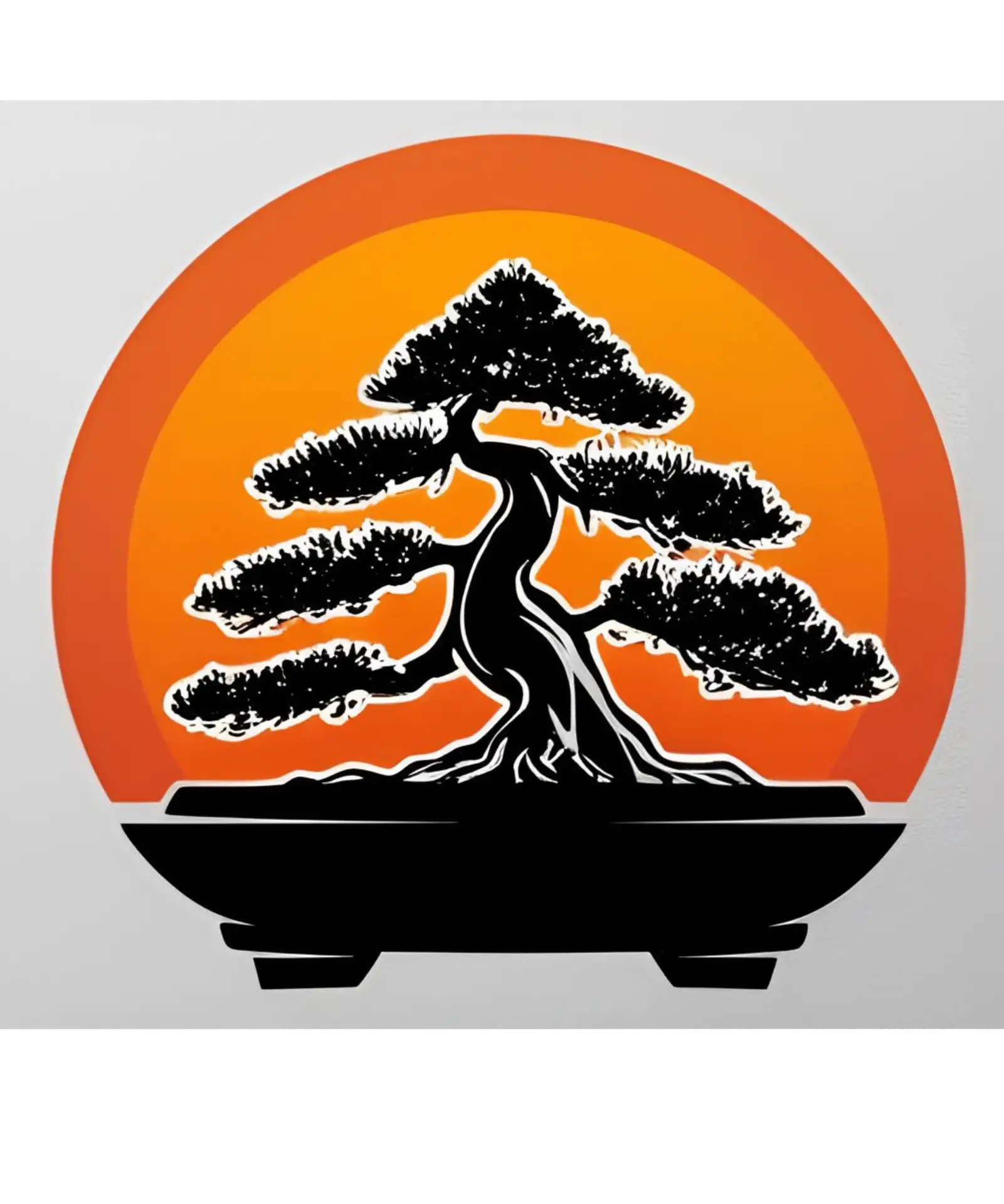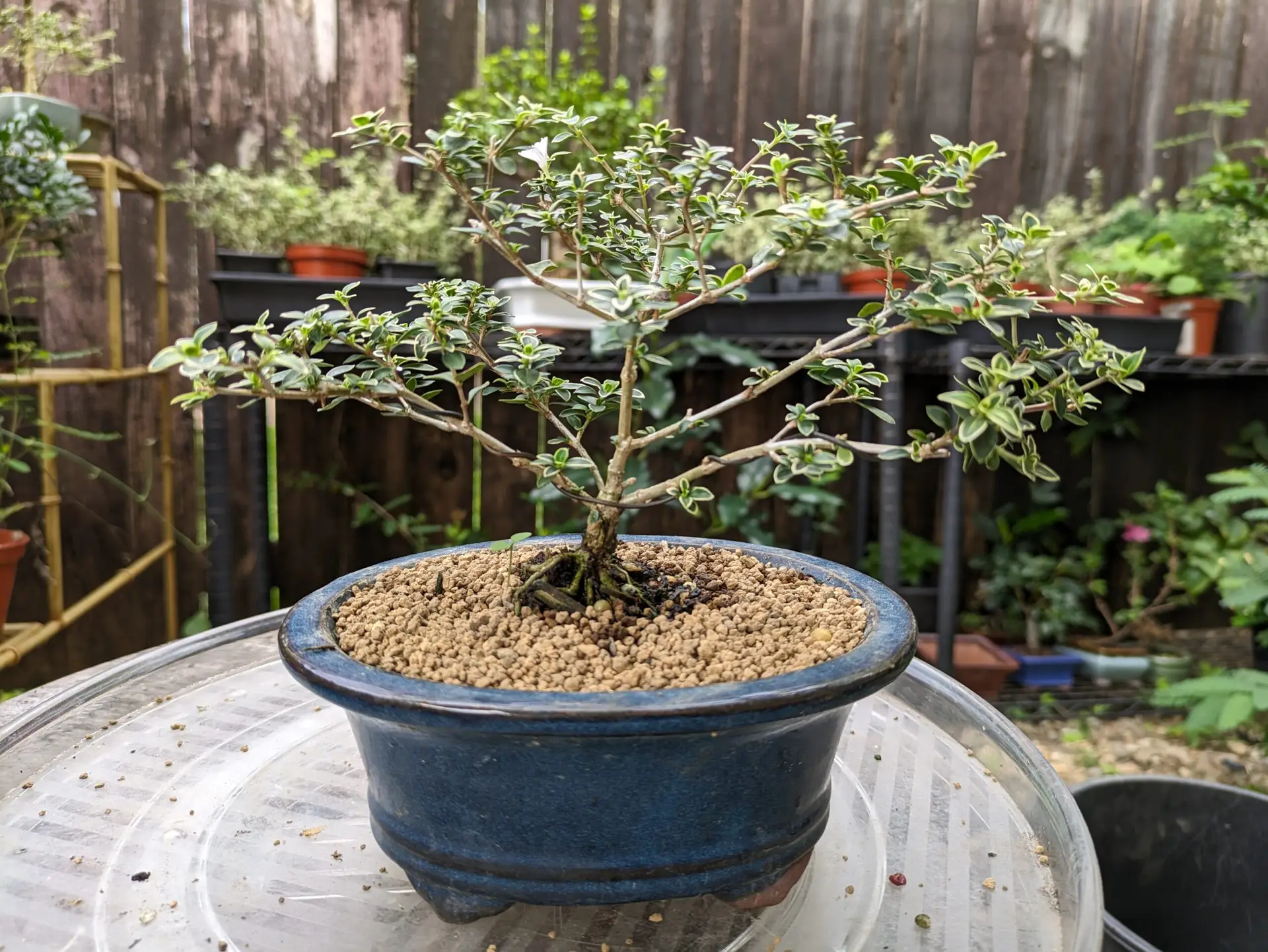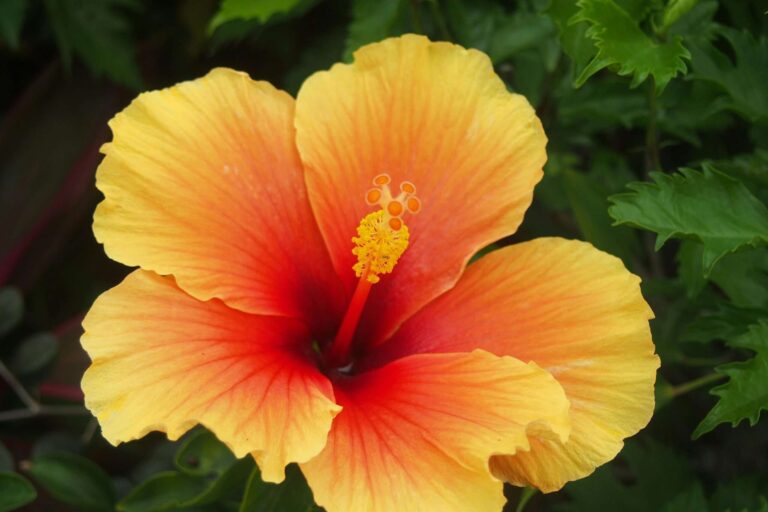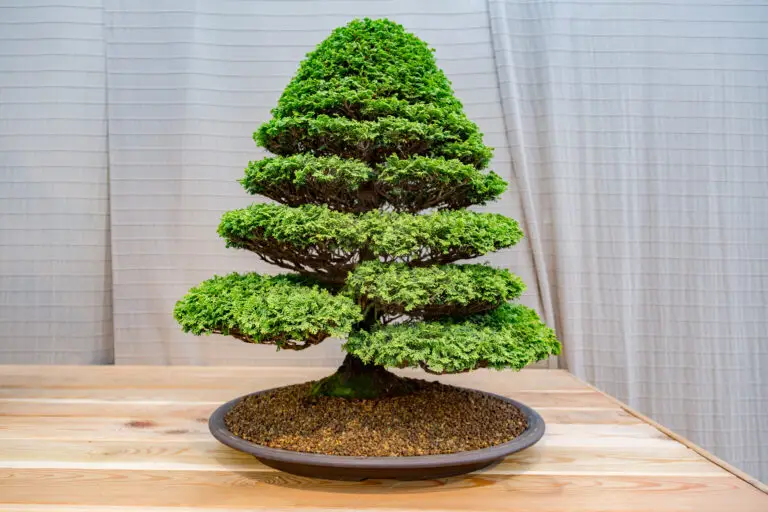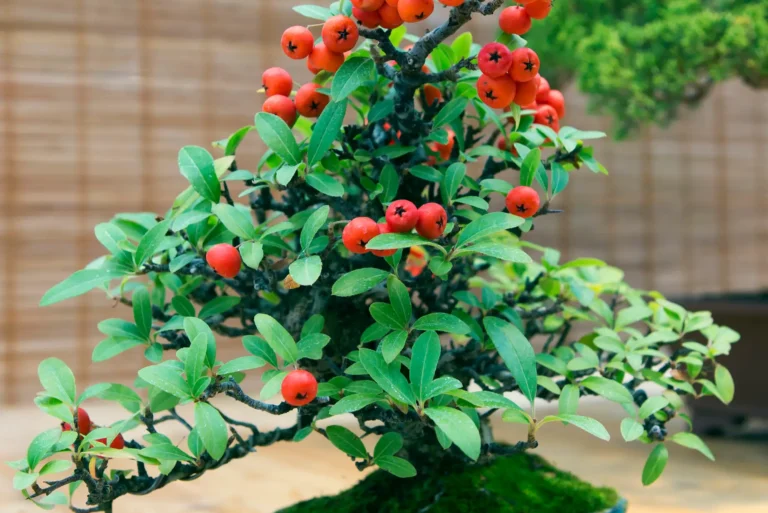🌸 Serissa Bonsai Care Guide (Snow Rose)
🔍 Quick Overview
| Trait | Details |
|---|---|
| Skill Level | Intermediate |
| Best Climate | Temperate / Indoor |
| Light Needs | Bright indirect light or filtered sun |
| Watering | Keep soil consistently moist |
| Growth Style | Compact flowering bonsai with fine ramification |
🌱 Introduction
The Serissa bonsai (Serissa japonica), also known as the Snow Rose or Tree of a Thousand Stars, is prized for its tiny white (or pink) trumpet-shaped flowers, delicate leaves, and fine branching. It’s a visually stunning bonsai that blooms several times a year under proper care.
While known for being a bit sensitive to environmental changes, it rewards consistent care with breathtaking flowering displays—making it a popular choice for indoor bonsai enthusiasts who want a living showpiece.
🧪 Care Essentials
🌞 Light
Provide bright, indirect light indoors—ideally near a window with filtered sun. Outdoors, place in partial shade. Avoid deep shade and harsh midday sun.
💧 Watering
Keep soil evenly moist, but not soggy. Water when the top layer begins to dry. Avoid letting it dry out completely, as Serissa is sensitive to dehydration and root rot.
🌿 Soil
Use a free-draining bonsai soil with good moisture retention. A blend of akadama, pumice, and organic compost works well. Ensure the pot has excellent drainage holes.
🌾 Fertilizer
Feed with a balanced liquid fertilizer every 2 weeks during spring and summer. In autumn, reduce frequency. Use a low-nitrogen fertilizer during flowering to support blooms.
🪴 Repotting
Repot every 1–2 years in early spring. Be cautious with root pruning—Serissa has fine, sensitive roots. Use a shallow bonsai pot for aesthetic balance.
✂️ Pruning & Shaping
Responds well to regular trimming to maintain shape and encourage ramification. Pinch back new growth regularly. Wiring can be done carefully in early spring but monitor closely—Serissa branches are thin and may scar easily.
⚠️ Common Problems & Fixes
| Problem | Likely Cause | Fix |
|---|---|---|
| Yellowing or dropping leaves | Overwatering, drafts, or shock | Keep soil slightly moist, maintain stable environment |
| Lack of flowers | Too much nitrogen or low light | Use low-nitrogen fertilizer, increase light exposure |
| Browning leaf tips | Dry air or inconsistent watering | Maintain humidity and regular watering routine |
🛒 Recommended Products
Flower-Boosting Bonsai Fertilizer
Serissa Bonsai Soil Mix
Precision Bonsai Pruning Shears
❓ FAQs
Can I keep Serissa bonsai outdoors?
Yes, but only in mild climates. Protect it from frost and sudden temperature drops. Indoors near a bright window is ideal for year-round growth.
How often does Serissa bloom?
It can bloom several times per year with consistent light, warmth, and proper care—often in spring and late summer.
Is Serissa a good bonsai for beginners?
It’s better suited for intermediate growers due to its sensitivity to environmental changes, but with regular attention, it can thrive beautifully.
Related Topics –
Serissa bonsai care guide
Snow rose bonsai tree indoor
Flowering bonsai for beginners
How to grow Serissa japonica bonsai
Indoor bonsai with flowers
Tree of a Thousand Stars bonsai
